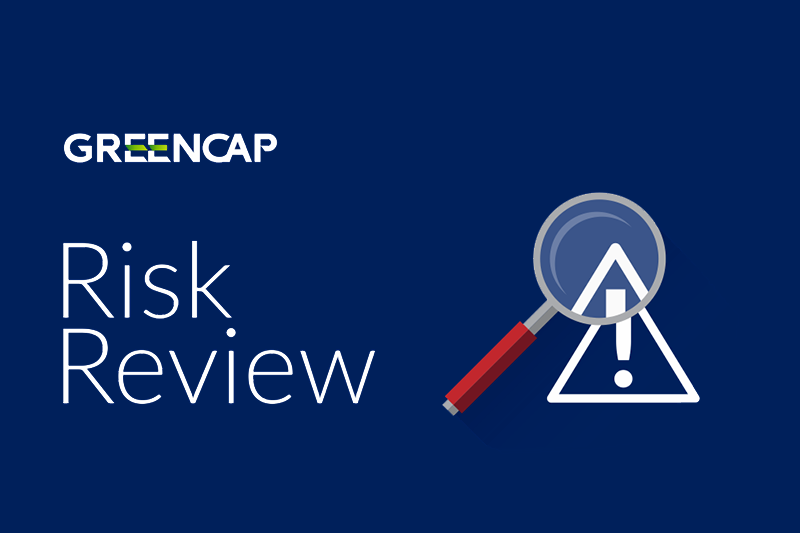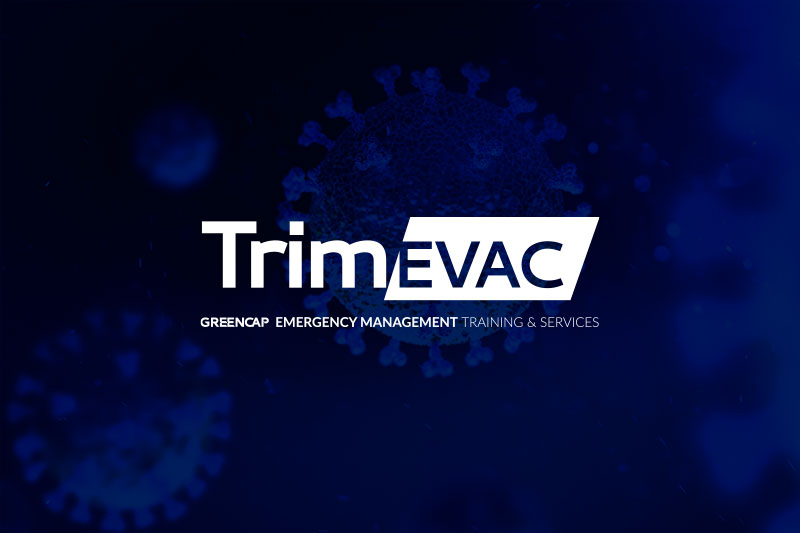News & Insights
COVID-19 & Returning to the Workplace – How to Maintain Emergency Management Compliance
For many businesses, emergency management planning has taken a back seat due to the sudden and widespread impacts of the current pandemic.
Prior to its onset, managing Emergency Management in many facilities was a relatively straightforward task for those responsible; compliance matters were scheduled, warden numbers stable and evacuation diagrams have expiry dates to ensure their review was on time. The COVID-19 Pandemic disrupted facility managers’ plans for maintaining compliance by creating the pressing needs to relocate staff, adapt business practices and technology, and manage a building with very few occupants.
As Australia’s States and Territories progress through the stages of restrictions, how should Emergency Management be managed, and how do you plan the return of people to their workplace?
The regulations have not changed, nor has the need to maintain compliance
Ensuring a safe workplace remains critical from both a safety and well-being perspective, and businesses still have their obligations under their regulatory compliance requirements such as WHS/OHS Legislation, QLD Building Fire Safety Regulations and AS3745:2010 Requirements.
It is essential that everyone can be effectively moved to a safe place during an emergency, no matter where their workplace is. Mitigating any risk to life which could eventuate still forms a major part of any workplace’s duty of care to its workers, including working from home.
When considering Emergency Management, remember:
- If the number of occupants and their locations in a building has changed, so must the Emergency Procedures and the composition of the Emergency Control Organisation (ECO) – Ask, are there still wardens on site?
- Maintaining compliance with AS3745:2010 has not become optional just because circumstances have changed
- Emergency Procedures (Warden) Training should continue as scheduled to maintain the skills of the ECO even if they are not currently in the building
- Consider social distancing requirements in the development emergency procedures
- A building’s evacuation assembly area should be suitable for social distancing
- The Emergency Planning Committee (EPC) remains responsible for ensuring compliance with AS3745:2010
- Provide information to employees working from home on what to do in an emergency
- Establish emergency procedures and ECO responsibilities for employees rostered to work from home and their usual workplace
- Develop procedures and reporting for COVID-19 infection at the workplace (office or home)
Guidance for Emergency Management during a Pandemic
Present circumstances prescribe a review of Emergency Management Procedures and Training. Greencap’s specialised Emergency Management and Training division, TrimEVAC, provides the following guidance for your business to ensure your risks are considered, managed and mitigated.
Review & update your existing Emergency Management Plan
- Evaluate the effectiveness of your Emergency Plan and the compliance level of your evacuation drills and Emergency Control Organisation (ECO) training with the current situation
- Ensure a sufficient number of wardens are in place in your workplace and that they have been trained recently as a team to respond to an emergency
- Ascertain if the wardens are trained to deal with multiple or simultaneous emergencies and, if so, whether these have been practiced
- Determine if you have a Chief Warden for the building and, if so, whether they are suitably skilled and trained
- Ensure that all your wardens and staff know the Assembly Area and that you have AS3745:2010 compliant evacuation diagrams displayed
- Identify any gaps in your plan where emergency management practices must be revised to cater for COVID-19 restrictions
- Determine the most suitable method to continue Warden training (such as face to face or web-based) to maintain skills of all wardens and ensure that there are enough trained Wardens on site
Communicate & Implement the new Emergency Management Plan
Using the information gathered in the above review, the Emergency Management Plan should be updated. Whilst there are minimum standards established under the various state/territory based WHS/OHS Regulations, QLD Building Fire Safety Regulations and AS3745:2010, additional tasks may be required to ensure the plan is effectively implemented.
This may be achieved through tailored training, more frequent training for certain roles (e.g. ECO, Wardens) or more practice/simulation exercises to ensure that the team is comfortable with their roles and responsibilities in the event of an emergency.
The Chief Warden having readily available information and the ability to assess the situation is critical. This then needs to be communicated to the various other parts of the ECO to ensure the team is working together to minimise the risks to the health and safety of the occupants.
An effective Emergency Management Plan will include a range of typical documents or systems relating to emergency management.
These may include (but are not limited to):
- Compliant Emergency Response Procedures manual
- Emergency Control Organisation (ECO) or warden training
- Chief Warden and Deputy Chief Warden training
- Evacuation or Lock-down exercise(s)
- Compliant Emergency Evacuation Diagrams
- Emergency Planning Committee (Governance)
- Effective Emergency Management framework in line with Crisis Management and Business Continuity frameworks
Plan for Return to Work
Planning for people to return and reoccupy a facility is a challenge facing many businesses and will involve:
- Managing government health restrictions and advice as they are relaxed
- Return to work will occur in stages and will be affected by the types of business undertaken at the site and the ability of staff to return with restrictions on public transport
- Ensuring the facility systems are ready and that social distancing requirements are met for anyone working or visiting a workplace
- Checking training is specific to the risk profile of the organisation and/or property
- Monitoring, reviewing and updating the response procedures in line with changing threat levels
- Reviewing the effectiveness of the implementation program and making any necessary adjustments
Whilst there is currently a minimum expectation under Australian Standard AS3745:2010, pending the complexity of your property and the risk profile, more frequent and detailed training may be required to ensure the effective implementation of the emergency plan.
Adam Hart (TrimEVAC National Manager – Business Development & Key Accounts) highlights some of the changes that clients have needed:
“Over the past ten weeks TrimEVAC has been contacted by many clients seeking advice about compliance and how to manage Emergency Management Planning. The first change we made was to move and deliver almost all of our Warden Training sessions via the web. This has been very successful in maintaining skills and compliance for businesses with people working outside their usual office.
The process to reform an emergency plan for each EPC is similar the needs of each business and site which has meant that our response and advice had to be tailored accordingly and updated.”
How TrimEVAC Can Help
TrimEVAC has assisted many organisations, both public and private, operating across a wide range of industries since 1987 in managing their Emergency Management risks.
Now one of Australia’s leading Fire Emergency Management and Response Training companies, TrimEVAC conducts detailed gap analyses and risk profiling to ensure our training is both tailored to our clients’ needs and also highly effective in managing the risks associated with an emergency situation. TrimEVAC has also developed a site-specific online training module for occupants to help prepare clients' teams as they return to work.
Please contact the TrimEVAC Team for further information or assistance in managing or updating your Emergency Management Plan
Contact TrimEVAC
The information in this material is not intended to provide, and should not be relied upon, for legal or professional advice and is subject to change.
This material provides general information only and does not take into account your particular circumstances. Before making any decisions, you should assess whether this material is appropriate for you and obtain legal advice tailored to you having regard to your particular needs and circumstances.
Greencap Pty Ltd (Greencap), its officers, employees and agents believe that the information in this material and the sources on which the information is based (which may be sourced from third parties) are correct as at the date of publication. While every care has been taken in the preparation of this material, no warranty is given for its reliability or accuracy and no responsibility is accepted by Greencap, its officers, employees or agents. If this material contains links to third party websites, Greencap does not control and is not responsible for the information contained within these websites. None of these links imply Greencap’s support, endorsement or recommendation of any other company, product or service.



Greencap acknowledges the Traditional Owners of Country throughout Australia and recognises their continuing connection to land, waters and culture. We pay our respects to their Elders past, present and emerging.


